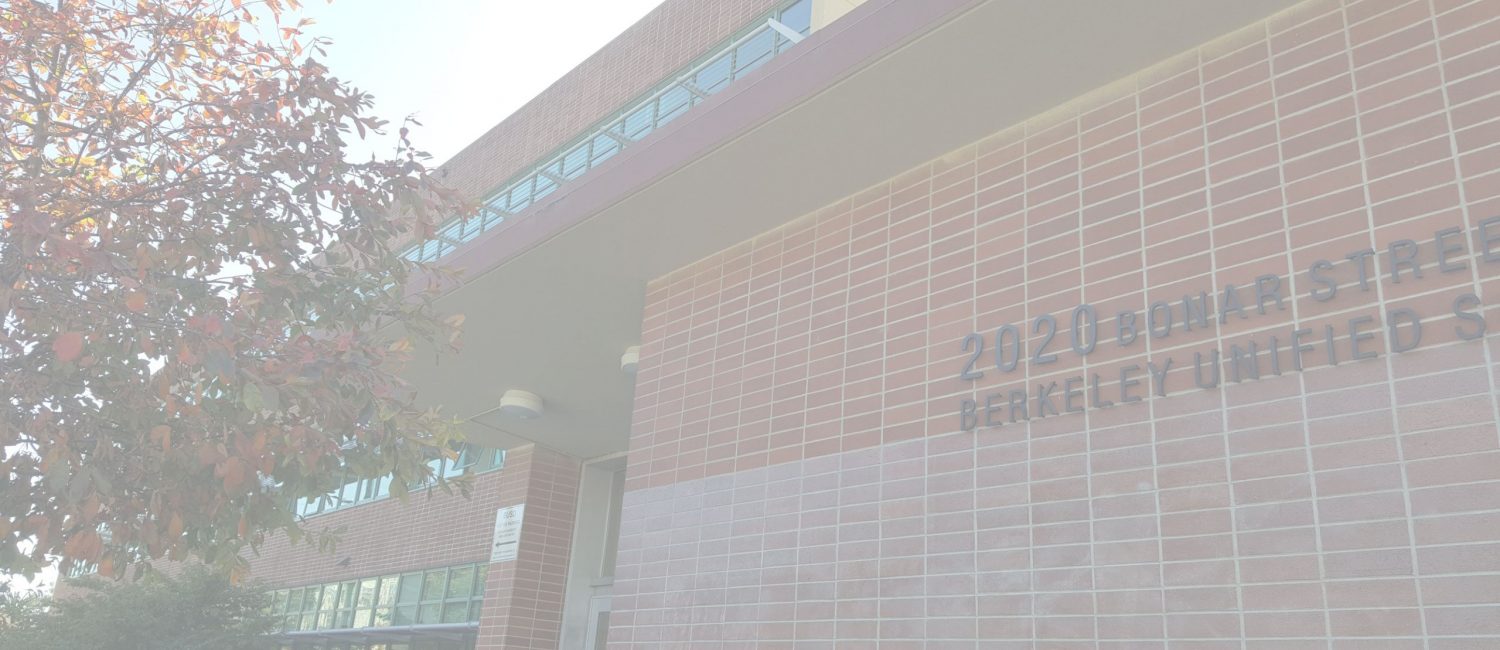
California Government Code Section 6500, et. seq. provides that two or more public agencies may, by agreement, exercise any power common to the contracting parties. California Government Code Sections 990 and 990.4 provide that a local entity may self-insure, purchase insurance through an authorized insurer, purchase insurance through a surplus line broker, or any combination thereof. California Government Code Section 990.8 provides that two or more local public entities, by a joint powers agreement, may provide insurance for any authorized purpose by any one or more of the methods specified in Section 990.4.
In the mid-1970s, public entities were unable to purchase some types of insurance and/or obtain affordable coverage in the commercial market. As a result, state legislation was enacted to authorize pubic entities to self-insure and pool their assets to jointly control their risks and pay their claims.
By the mid-1980s, commercial liability insurance was virtually unavailable for public entities. Consequently, public entities turned to Joint Powers Authorities to provide for and fund their coverage.
Over the past two decades, JPAs have proven to be a successful endeavor. Many of the JPAs that formed in the late 1970s and early 1980s are reaping the benefits of their endeavor through dividends being paid to the members.
Although the initial premise behind JPAs was to share losses, the JPAs soon learned that in order to be successful, they also needed to consider their exposure to loss and reduce their risk through safety and risk control programs. JPAs formed for the purpose of sharing losses were originally referred to as joint powers “insurance” authorities but are now more commonly referred to as “risk management” joint powers authorities, which more accurately describes the full function of the JPAs.